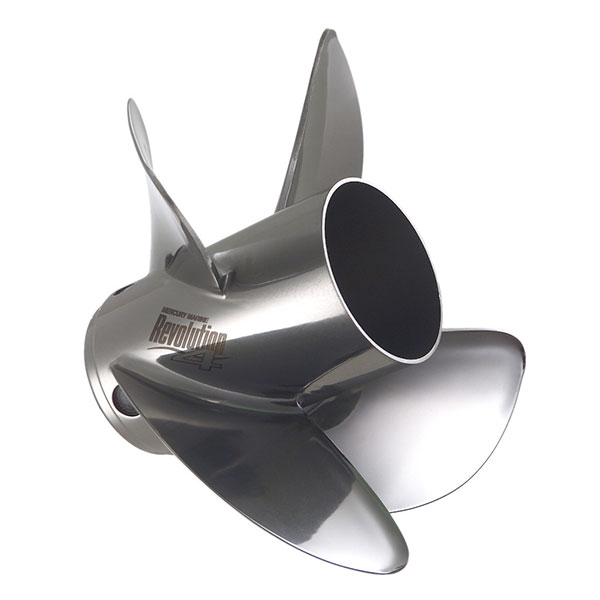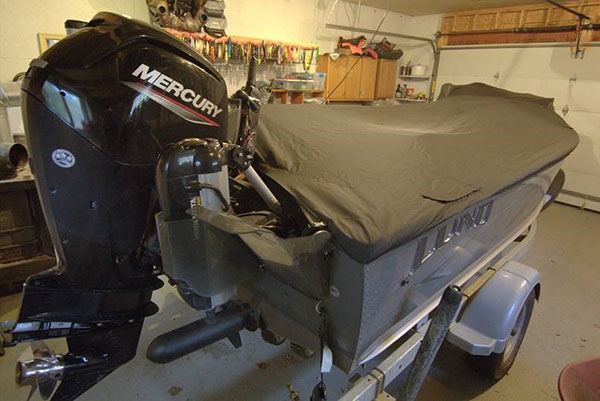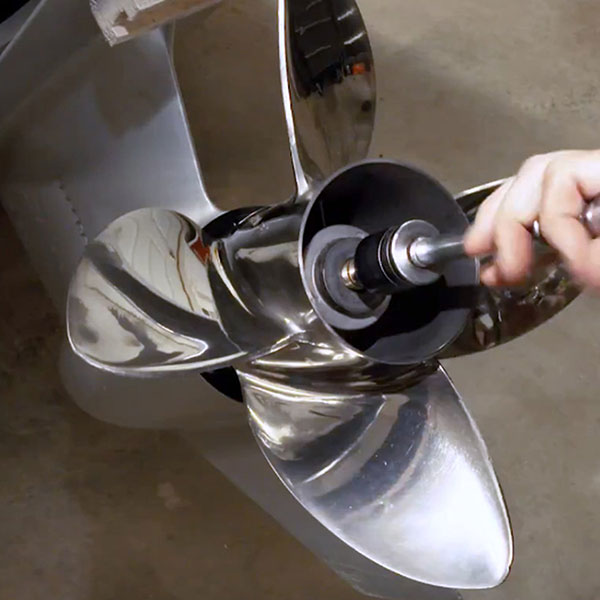- Details
Mercury Outboard Report
Battery power is a critical component in the overall performance of a boat for any activity on the water. From cranking your outboard to operating integrated digital technologies and marine electronics, not much happens without a reliable source of electrical power.
The simplest way to make sure you have the proper batteries installed in your boat is to consult an experienced marine battery dealer. Understanding the basics before you do will better prepare you to communicate your wants and needs.
This quick rundown of the fundamentals should get you started. It was assembled with help from marine battery expert Menno Ligterink, OEM sales manager at Power Products®, which manufactures Mastervolt® batteries and electrical accessories.
Battery Applications
For marine use, batteries typically fulfill one of three applications: starter, traction or semi-traction. Using the wrong type for any application can greatly reduce a battery’s performance and life span.
Life span is measured in cycles. One complete cycle takes place when the battery’s available power is depleted and then recharged to full.
Starter batteries – A starter battery delivers a high start-up current over a short period of time for firing up the engine, then is quickly recharged by the boat’s alternator. It’s designed for short, intense bursts of power that use small amounts of the battery’s storage capacity.
Traction batteries – A traction battery is designed to gradually deliver much more current over a longer period for deep-cycle applications, where most of the battery’s available power is used before it is recharged. A traction battery can also withstand many repeated cycles. Powering a trolling motor is a job for a traction battery.
Semi-traction batteries – A semi-traction battery is a dual-purpose solution that can be used for starting or cyclic applications. A common use would be as a starter battery that also powers a multi-function display.
Lead-Acid Battery Types
Most marine batteries are the lead-acid type. Within the battery housing they contain a series of lead plates surrounded by an electrolyte solution, which includes sulfuric acid. The configuration and size of the plates and specific type of electrolyte solution used determine the characteristics of the battery, its best applications and the amount of necessary maintenance.
Wet-cell batteries – In a wet-cell lead-acid battery, the acid is mixed with water and circulates around the lead plates. Over time, as the battery is discharged and charged, the water will evaporate. It must be periodically refilled with distilled water.
Traditional wet-cell batteries are affordable and still very common as starter, or “cranking” batteries. Properly cared for, they can deliver years of effective use. They’re not ideal as traction batteries, however, and using one for repeated deep-cycle applications will greatly shorten its life span and result in poor performance.
AGM batteries – An absorbed-glass-mat (AGM) battery is a type of dry-cell lead-acid battery. It has the same chemistry as a wet-cell battery, but the electrolyte solution is absorbed into a fiberglass mat that rests against the lead plates. It’s considered maintenance-free because there’s no need to top off with water.
- Details
Mercury Report
 How Many Blades Do You Need on a Propeller?
How Many Blades Do You Need on a Propeller?
When considering propellers, many boat owners get fixated on speed. They assume a prop that will make their boat go faster must be better.
It’s more important to consider how a propeller can impact the entire boating experience. Speed is one element of that experience, but so are acceleration, economy, comfort and boat handling.
That’s one reason Mercury Marine offers a wide range of propellers, including models with three blades, four blades and even five blades. Each design is intended to enhance overall performance in certain applications to make a boat work its best on the water.
Let’s look at how the number of blades affects propeller performance.
- Details
Mercury Report
 Tips for Storing Your Boat for the Winter
Tips for Storing Your Boat for the Winter
No one is ever happy at the thought of stowing away the fishing rods, tackle and fishing boat for the winter months. But facts are facts: It’s about to get too cold for boating in many corners of the nation. That means it’s time to prep the boat and all your gear for winter storage.
Most boats spend the offseason in dry storage on land. While there are several elements to preparing a boat for dry storage, the primary job is to eliminate water from the boat’s systems and keep water from getting in during the ensuing months. Water can add excessive weight to your rig, saturate and ruin fabrics and foams, and cause freeze-damage, which is the greatest risk of all.
- Details
Mercury Report
 Everything You Need to Know to Winterize a Mercury Outboard
Everything You Need to Know to Winterize a Mercury Outboard
Correctly preparing your outboard motor for the off-season will help insure that it’s ready to go next spring. In cold climates, freezing weather can cause costly damage to an engine that isn’t winterized properly.
The end of the boating season is a great time to take care of annual maintenance that will keep your outboard running reliably. Whether you do the job yourself or take your outboard to an Authorized Mercury Marine dealer for service, spending a little time and money today can save a lot of both come spring.




